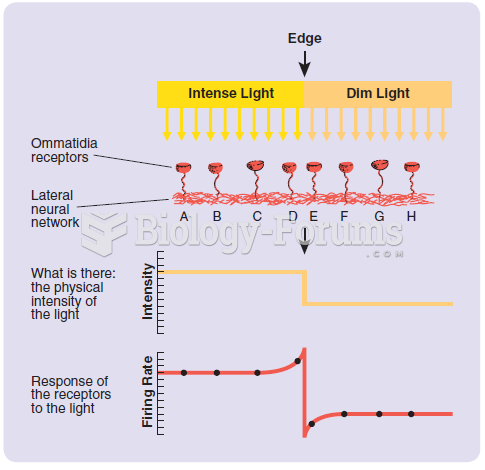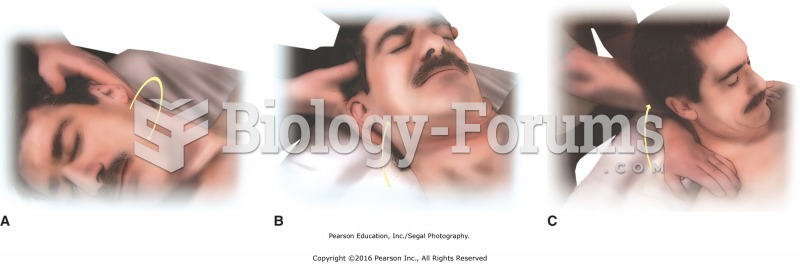|
|
|
Did you know?
The strongest synthetic topical retinoid drug available, tazarotene, is used to treat sun-damaged skin, acne, and psoriasis.
Did you know?
Asthma-like symptoms were first recorded about 3,500 years ago in Egypt. The first manuscript specifically written about asthma was in the year 1190, describing a condition characterized by sudden breathlessness. The treatments listed in this manuscript include chicken soup, herbs, and sexual abstinence.
Did you know?
The first oral chemotherapy drug for colon cancer was approved by FDA in 2001.
Did you know?
Increased intake of vitamin D has been shown to reduce fractures up to 25% in older people.
Did you know?
In 2010, opiate painkllers, such as morphine, OxyContin®, and Vicodin®, were tied to almost 60% of drug overdose deaths.
 In-line blending is the most accurate method for blending ethanol with gasoline because computers ...
In-line blending is the most accurate method for blending ethanol with gasoline because computers ...
 Apply deep effleurage to the thigh from knee to superior thigh. Cover anterior, medial, and lateral ...
Apply deep effleurage to the thigh from knee to superior thigh. Cover anterior, medial, and lateral ...





